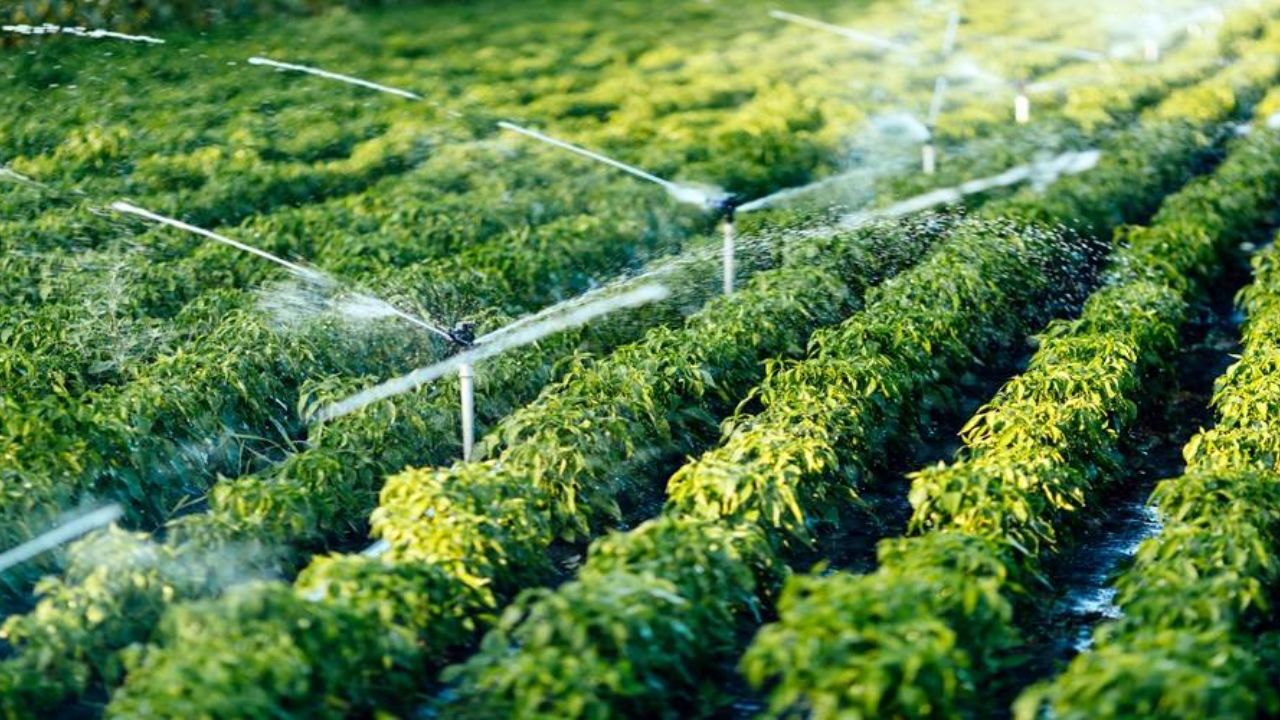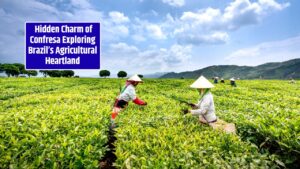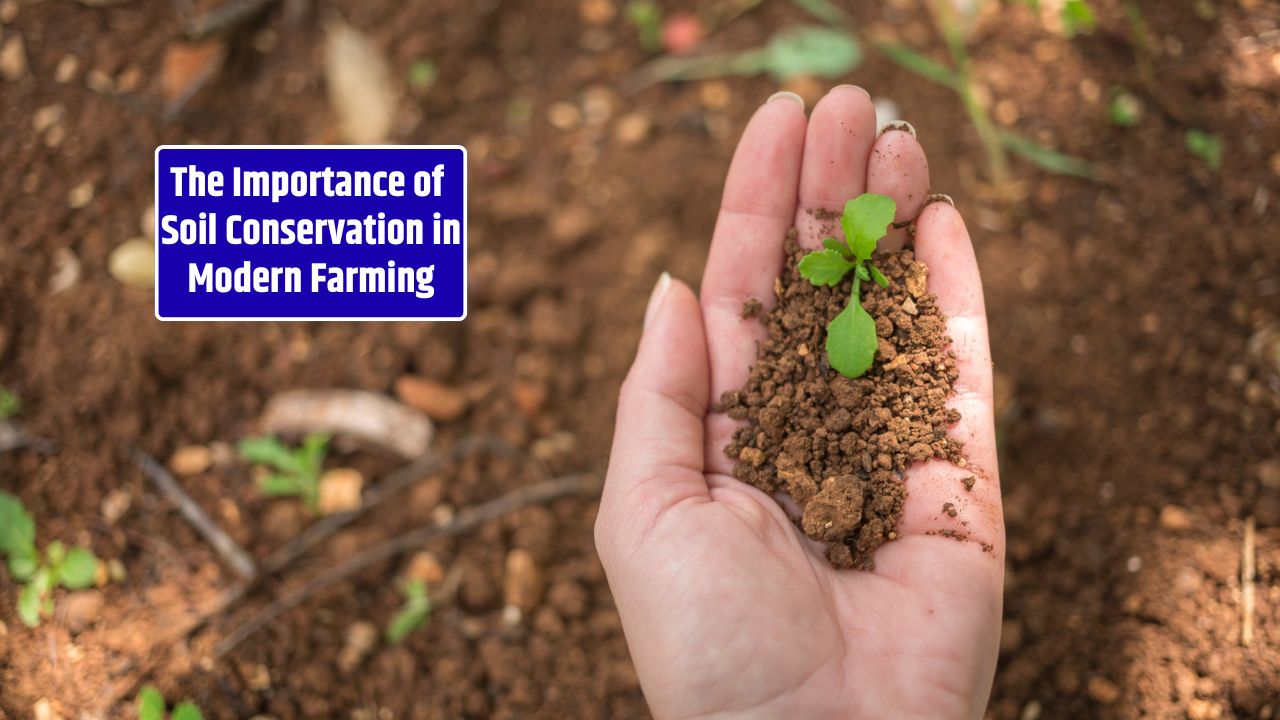Water has always been the heartbeat of agriculture—too little of it, and crops wither; too much, and fields flood or soil nutrients leach away. Across the world, from the prairies of Saskatchewan to the rice paddies of India, effective water management determines not only how much farmers can grow, but also how long their land stays fertile. In an era of climate unpredictability, managing this precious resource has shifted from a technical detail to the cornerstone of sustainable agricultural success.
Why Water Management Matters More Than Ever
Modern agriculture accounts for roughly 70% of global freshwater use, according to the Food and Agriculture Organization (FAO). Yet, the irony is that even with that vast share, water scarcity is threatening food production in many regions. Droughts, irregular rainfall, and groundwater depletion have made it clear—water isn’t infinite.
In Canada, for instance, the Prairie provinces face recurring dry spells that strain irrigation networks, while in parts of Australia, over-reliance on river systems like the Murray-Darling Basin has led to severe ecological stress. The balance between productivity and conservation is delicate, and that’s where water management steps in.
Good management isn’t just about supplying water—it’s about optimizing how, when, and where it’s used. The right strategy can improve yield, reduce costs, and protect long-term soil health.
Precision Irrigation: Doing More With Less
Gone are the days of blanket irrigation where every field gets drenched the same way. Farmers today are turning to precision irrigation technologies—think drip systems, moisture sensors, and data-driven scheduling.
| Technique | Description | Key Benefit |
|---|---|---|
| Drip Irrigation | Delivers water directly to roots through tubing | Minimizes evaporation and runoff |
| Sprinkler Systems | Simulates rainfall for even coverage | Ideal for moderate climates |
| Soil Moisture Sensors | Monitor water needs in real time | Prevents overwatering |
| Smart Controllers | Automate irrigation using weather data | Saves both water and energy |
Take California’s Central Valley: growers who adopted drip irrigation reduced water use by nearly 40% while maintaining crop yields. Similarly, Indian smallholders using solar-powered drip systems report higher productivity with half the water they once used.
In short, precision water management helps farmers produce more food with fewer resources—a necessity in a world of tightening water supplies.
The Role of Soil in Water Efficiency
Soil isn’t just a medium for roots—it’s a reservoir. The ability of soil to absorb, hold, and drain water determines how efficiently that water benefits crops.
Improving soil health through organic matter—like compost or crop residues—boosts its water-holding capacity. Healthy soils can store up to 20 times more water than degraded ones, reducing irrigation frequency and increasing resilience to droughts.
Mulching is another time-tested technique that helps retain moisture and regulate soil temperature. In places like southern Spain and western Australia, farmers using mulch cover have seen water demand drop by as much as 25%.
Integrated Water Resource Management (IWRM): The Bigger Picture
While field-level irrigation is crucial, long-term agricultural success depends on integrated water management at the regional level. Governments and local agencies must balance the needs of agriculture with urban demand, industry, and environmental preservation.
The United Nations Water Programme defines IWRM as a coordinated process that ensures “water, land, and related resources are managed sustainably and equitably.” This approach encourages stakeholders—farmers, policymakers, and communities—to work together, aligning water use with conservation goals.
For example, in Canada’s Okanagan Basin, community-led irrigation planning and shared water metering systems have cut waste dramatically. In Israel, reclaimed wastewater now makes up over 50% of agricultural irrigation, showcasing how technology and governance can go hand in hand.
Managing Floods and Droughts: Two Sides of the Same Coin
Water management isn’t just about scarcity; it’s also about control. Climate change has made flood-drought cycles more extreme, testing the resilience of farming systems.
Flood control channels, contour plowing, and wetland restoration help manage runoff, while drought contingency plans—like on-farm reservoirs or water-sharing agreements—keep crops alive when rainfall disappears.
In Asia, rice farmers have adopted alternate wetting and drying (AWD), a technique that saves water while reducing methane emissions. In Africa, community-built rainwater harvesting ponds have revived thousands of hectares of previously barren land.
Technology and Policy: The Twin Drivers of Change
No water management reform succeeds without strong policy frameworks and technological adoption. Governments play a key role through water pricing, subsidies for efficient irrigation systems, and infrastructure investment.
Meanwhile, new tools like satellite imagery, IoT-based water meters, and AI-driven weather forecasting are transforming how farmers plan irrigation. Platforms developed by the World Bank and Agriculture and Agri-Food Canada help track drought risk and water use efficiency in real time, making data a powerful ally in water-smart farming.
The Human Factor: Education and Awareness
Even the best systems fail without awareness. Farmers need training on how to interpret sensor data, maintain equipment, and manage water sustainably. Programs like Australia’s National Water Grid Fund and Canada’s Agricultural Climate Solutions are funding community-based education to promote smarter water use on farms.
When farmers understand the link between efficient water use and long-term profitability, adoption rates climb—and the results ripple across entire regions.
A Sustainable Future Grows With Every Drop
At the end of the day, water management is about more than irrigation—it’s about stewardship. Every drop saved is a seed for future food security. As droughts intensify and populations grow, the success of agriculture will increasingly depend on how wisely we share, store, and sustain water.
From a farmer’s perspective, it’s not just about surviving the next season—it’s about ensuring the land remains fertile for generations to come. Water, managed right, is what keeps that promise alive.
FAQs:
What is agricultural water management?
It’s the practice of controlling and optimizing water use for farming—covering irrigation, drainage, soil moisture management, and watershed conservation.
How does efficient water management improve crop yields?
By delivering water when and where it’s needed, plants absorb nutrients better, reducing stress and increasing productivity.
What technologies are transforming farm water use?
Smart irrigation systems, moisture sensors, drones, and AI weather forecasting tools are leading the change.

















